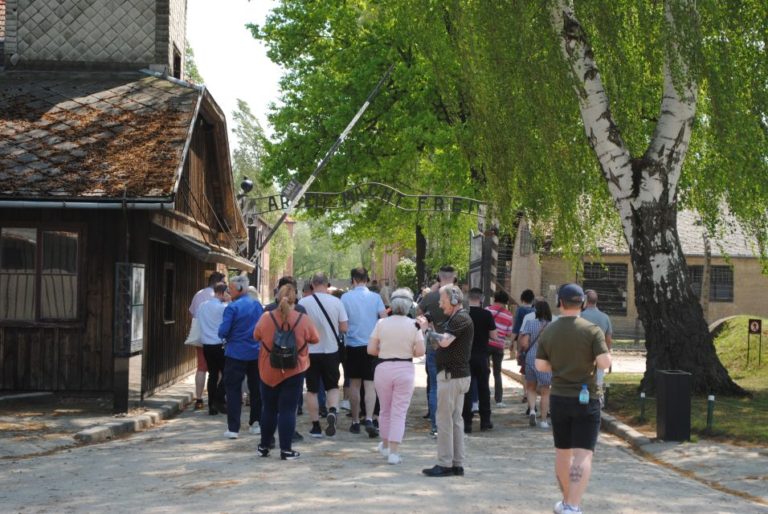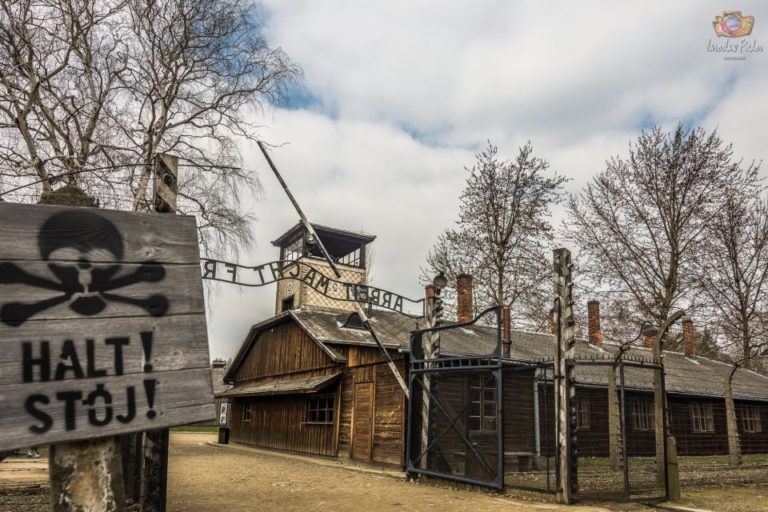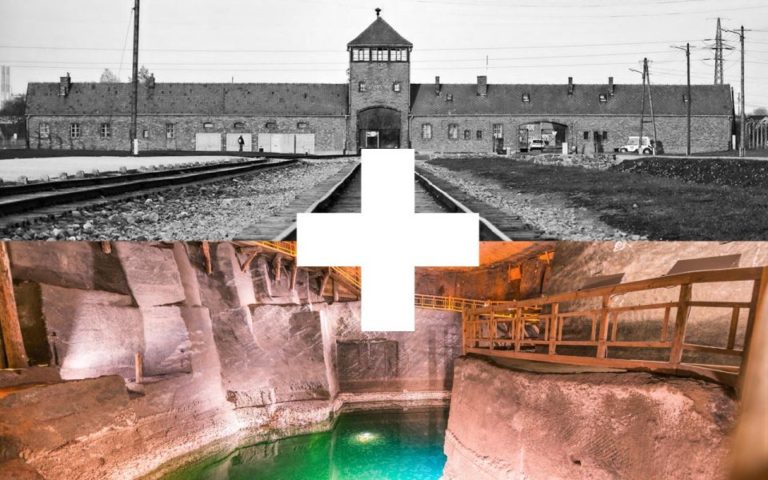About Auschwitz
Auschwitz. The very name evokes a haunting sense of tragedy, a place forever etched in the annals of human history as a symbol of unimaginable horror and the depths to which humanity can sink. Located in Oświęcim, a small town in southern Poland, Auschwitz holds the painful legacy of Nazi concentration camps and stands as a testament to the Holocaust, one of the darkest chapters in our collective memory.
The Origins of Auschwitz
Established by the Nazis in 1940, Auschwitz was initially intended as a prison camp for Polish political prisoners. However, its sinister purpose soon evolved into something far more sinister. As the war progressed and the Nazis implemented their genocidal “Final Solution,” Auschwitz transformed into an extermination camp, where millions of innocent lives were brutally extinguished.
The Auschwitz Complex
The Auschwitz complex consisted of several camps, with Auschwitz I, Auschwitz II-Birkenau, and Auschwitz III-Monowitz being the main ones. Auschwitz I served as the administrative center and the site of torturous experiments carried out by Nazi doctors. Its rows of brick barracks, watchtowers, and barbed wire fences stand as grim reminders of the atrocities committed within.
Auschwitz II-Birkenau, the most extensive and deadly part of the complex, was the primary extermination camp. Its purpose was to efficiently exterminate as many people as possible. The camp’s vast size, with its barracks, crematoria, gas chambers, and railway tracks, is a stark manifestation of the systematic murder that took place there.
Auschwitz III-Monowitz, also known as the Buna-Monowitz camp, operated as a labor camp, where prisoners were subjected to grueling and inhumane conditions. Forced labor was extracted from prisoners for the benefit of the German war effort, particularly at the synthetic rubber and fuel plant owned by IG Farben.
The Holocaust at Auschwitz
Auschwitz became the epicenter of the Holocaust, the site where millions of innocent men, women, and children, primarily Jews but also Roma, Poles, Soviet POWs, and others deemed undesirable by the Nazis, were systematically murdered. The camp’s gas chambers, disguised as shower rooms, were designed to efficiently execute victims, who were deceived until their last breath.
The scale of the atrocities is staggering. It is estimated that between 1940 and 1945, approximately 1.1 million people lost their lives at Auschwitz, with the majority perishing in the gas chambers of Birkenau. The victims’ possessions, confiscated upon their arrival, serve as chilling reminders of their humanity, reduced to mere objects in the eyes of their oppressors.
The Liberation and Commemoration
Auschwitz endured until January 1945 when Soviet forces finally liberated the camp, revealing the horrifying truth to the world. The images captured by the liberators shocked the conscience of humanity, exposing the extent of Nazi crimes and igniting a collective vow of “Never Again.”
In the aftermath of liberation, efforts were made to preserve Auschwitz as a memorial and testament to the victims. The Auschwitz-Birkenau State Museum was established in 1947, encompassing the remains of the camp and its artifacts. Today, the museum stands as a crucial educational institution, ensuring that the memory of the Holocaust endures and that its lessons are not forgotten.
Visiting Auschwitz
Visiting Auschwitz is an emotionally charged experience that requires sensitivity and solemnity. The museum offers guided tours that provide a detailed and informative account of the camp’s history, the atrocities committed, and the stories of individual victims. Expert guides share their knowledge, guiding visitors through the various parts of the camp, including the barracks, gas chambers.
Best Selling Auschwitz Tours

Krakow: Auschwitz-Birkenau Tour Hotel Pickup & Lunch Options
€12.98

Auschwitz-Birkenau: Skip the Line Entry Ticket & Guided Tour
€10.78

